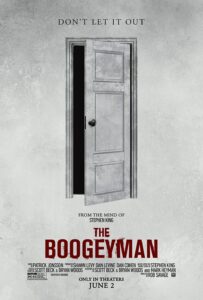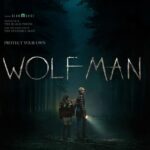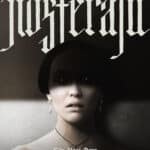
The Boogeyman
High school student Sadie Harper and her little sister Sawyer are in a delicate moment. Her mother has recently died and her psychiatrist father, Will, is rather emotionally absent, he doesn’t seem to have enough time and attention for them, taken as he is by his pain and her problems. But there is worse. A certain Lester Billings suddenly appears at Will’s house desperately asking him for help. Although he doesn’t have an appointment, Will listens to him, but soon realizes that he’s not lucid: he talks about something monstrous that killed his three children, even if everyone suspects that he killed them. Having retired to call the police, Will loses sight of Billings who dies right in his house, apparently by suicide, found by Sadie, who returned home prematurely from school. But the problems don’t end there. By dying, in fact, the patient seems to have released an evil entity into the house which hides in the dark crevices, ready to come out to terrorize its victims. Sawyer is the first to realize this, but no one believes her. For the Harper family the troubles have just begun and are very serious.
The figure of the Boogeyman, essentially the black man of fairy tales, has been evoked several times on the screen, just think, to stay with the films that have even nominally made up for it, Mirror – Who lives in that mirror? by Ulli Lommel (with its sequels) and the more recent saga that began with Boogeyman – The Boogeyman by Stephen T. Kay.
At the origin of this new film, however, there is a short story by Stephen King from the famous collection Sometimes They Come Back, already transposed several times on the screen in the form of a short film. It is worth remembering at least the first of these shorts, directed by Jeff Schiro in 1982, close to the publication of the story, quite faithful to the same and capable of creating a discreet macabre atmosphere, without reaching particular qualitative peaks. As usually happens with short stories (by King and anyone else), in the feature film adaptation it becomes necessary to add so much narrative substance that at the end of the original story only the starting point is left. This time too it is more or less like this, with results that are not always convincing because several of the narrative turns seem to be digressions useful above all for playing minutes.
The figure of the two sisters is outlined in a realistic and credible way, even in the description of their intense relationship, in order to develop empathy with the viewer. Even the sisters’ relationship with their uncertain and disturbed father is rendered in a significant way, testifying to the substantial incapacity of the adult world to relate to that of the children. This helps keep the viewer attached to the story even as the predictability of the whole reduces its dramatic impact.
The monstrous creature is wisely left in the dark much of the time and is portrayed as the quintessential evil: “it’s the thing that comes for your kids when you turn your eyes.” However, as we see also and above all when it is shown in full in the finale, a somewhat generic monstrous figure, not very incisive both from a visual and conceptual point of view, a little too typical and banal.








